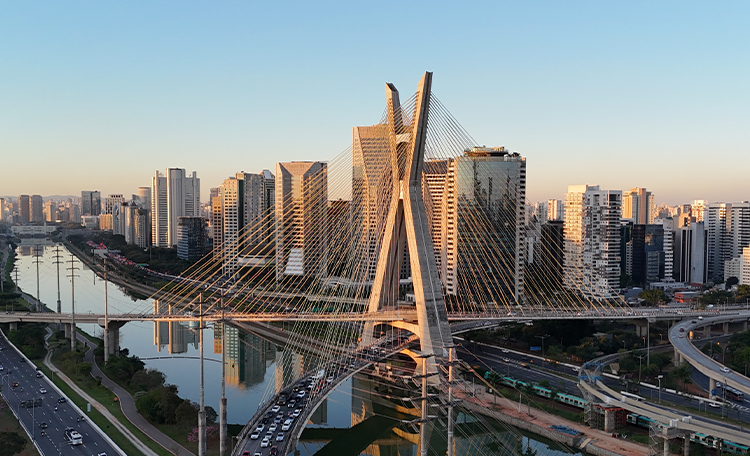The return to in-person work has gone from being merely an operational issue to a strategic decision, fraught with complexity, nuances, and, in many cases, uncertainty.
The recovery of the office market in Brazil is a fact, but it's still far from a full and uniform return. We are indeed experiencing a period of recovery, especially in regions like Rebouças and Chucri Zaidan, where we are seeing a more consistent increase in occupancy. Banks and financial institutions, for example, have already declared a full return. But the truth is that the return isn't a straight line, nor can it be treated as such.
For many companies, returning to in-person work remains taboo. The reason? More than employee resistance, it's a complex equation: the still-high cost of capital, the need to make every square meter count, the new talent profile, and the reconfiguration of productivity. It's not just about space; it's about culture, strategy, and purpose.
There's also a "silent flight" of talent underway: professionals are rethinking their ties to companies that demand unrestricted presence without offering a clear value proposition for their return. In parallel, there are movements like the "fly to quality" movement, in which companies are abandoning old offices and opting for more modern, sustainable, and well-located offices, with surroundings that offer mobility, services, and security (factors that influence the decision to work in person). Another model gaining widespread adoption, particularly in the technology and financial sectors, is the hub and spoke model, in which the company's headquarters remain in a prime location but have decentralized offices located in more accessible spaces for employees and clients.
What we're seeing today is that companies that make assertive decisions about their physical spaces do so based on data, active listening, and a true understanding of the office's role in their operations. Some adopt a hybrid model as a rule, others reinforce in-person work, and others opt for flexibility as a value. There's no single formula. The important thing is that the decision isn't the result of improvisation, but rather a thorough analysis aligned with business objectives.
The question is no longer "to return or not to return?" The question now is: what is the strategy behind the presence?


